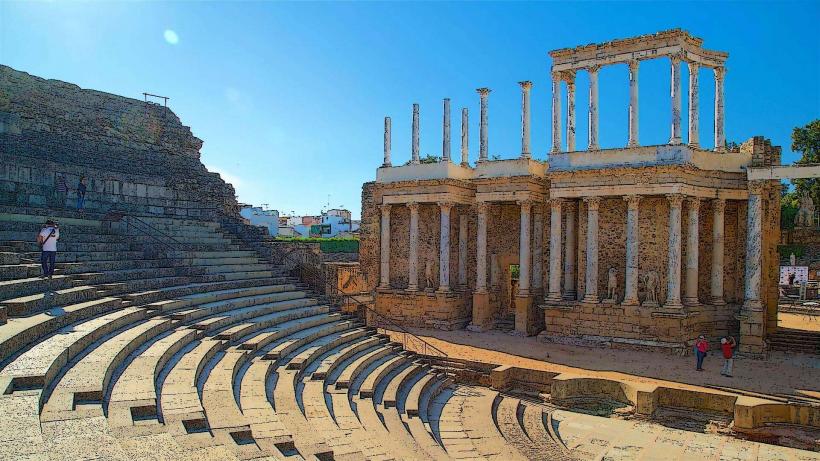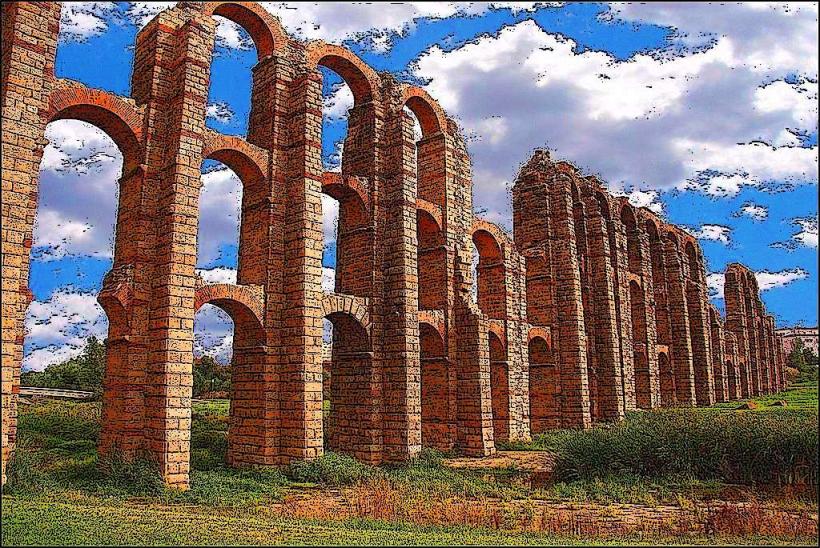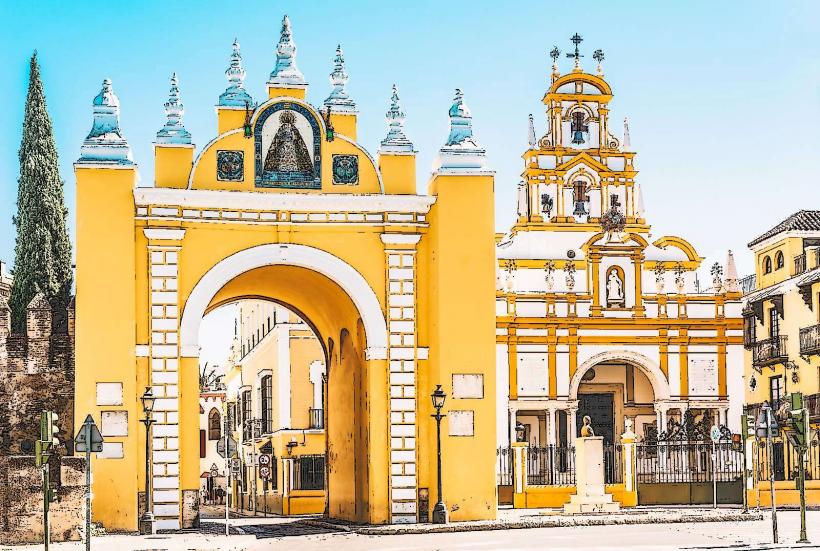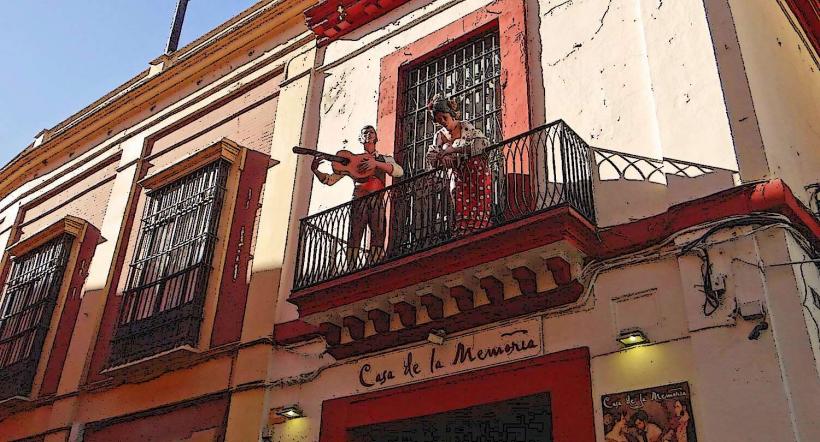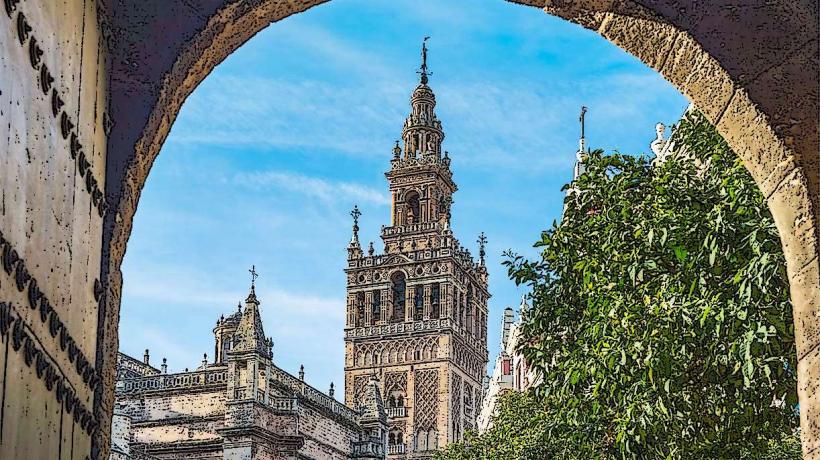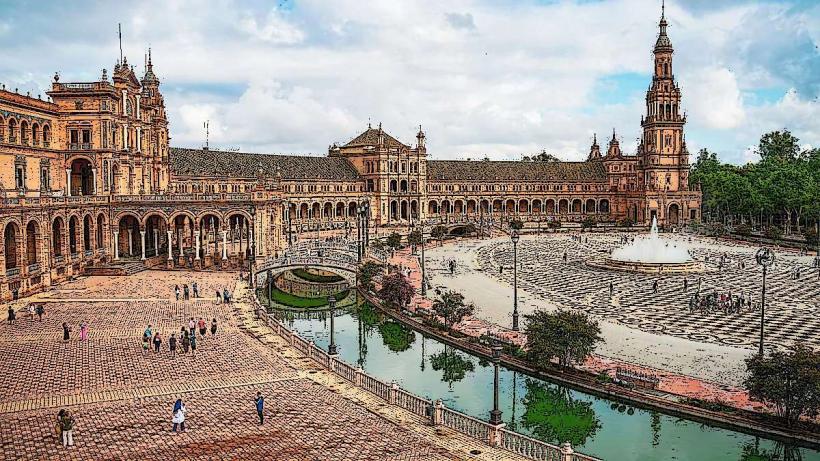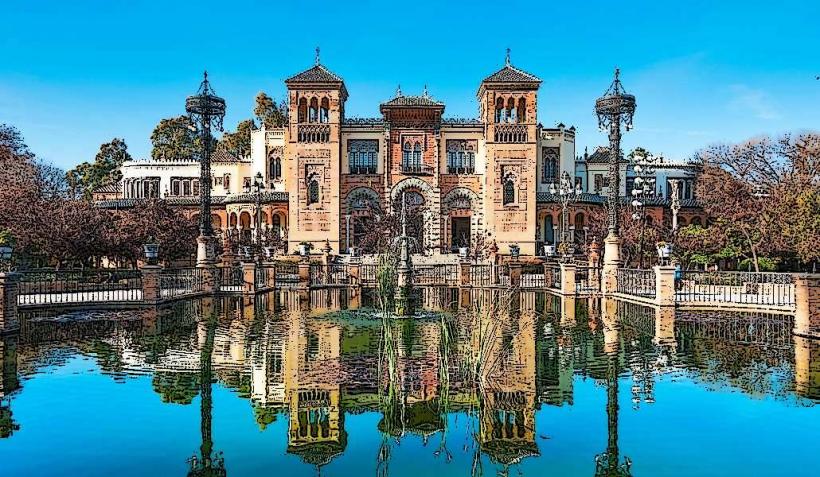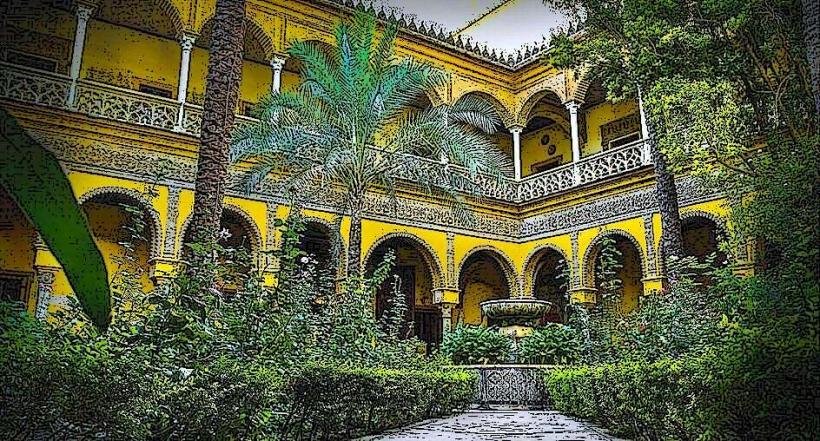Information
Landmark: Casa de PilatosCity: Seville
Country: Spain
Continent: Europe
Casa de Pilatos, Seville, Spain, Europe
Overview
In the heart of Seville, Casa de Pilatos stands as a grand timeworn mansion, celebrated for weaving Renaissance grace, Mudejar patterns, and Italianate elegance into one striking design, likewise this palace is one of Seville’s finest treasures, a region where arches catch the golden light and history lingers in every stone.It blends local traditions with foreign flair, capturing the city’s artistic richness-like spices mingling in a bustling street market, meanwhile the Casa de Pilatos began rising from its foundations in 1504 and was completed during the 16th century.The house takes its name from Pontius Pilate, the Roman governor, either because its design echoes Pilate’s Palace in Jerusalem-with tall arches like sun-bleached stone-or because the Pilate family claimed a link to the biblical figure, therefore don Fadrique Enríquez de Ribera, son of the Duke of Alcalá, built the house as his private residence, commissioning its stone walls and arched doorway from the start.The Pilate Legacy: For generations, the family kept the timeworn mansion, repainting its shutters, adding rooms, and quietly reshaping it as the years rolled on, as well as the Dukes of Medinaceli inherited it in the 17th century, and their family still keeps the house, its heavy wooden doors intact, to this day.In the 16th and 17th centuries, Seville buzzed with ships and merchants, serving as Spain’s key gateway for trade with its American colonies, therefore because of this, the Casa de Pilatos came to stand as a clear sign of the wealth and power Spain drew from its empire, its marble halls gleaming in the Andalusian sun.Its mix of arches, tiles, and carved stone shows how Spain, Italy, and the Islamic world traded ideas and influences during that time, consequently the facade of Casa de Pilatos blends Renaissance elegance with Mudejar flair, its stonework carved in fine detail, plaster patterns curling like lace, and vivid ceramic tiles catching the afternoon sun.Arched doorways, ornate balconies, and carved reliefs of classical figures wrap the building’s exterior, marrying Italian Renaissance grace with Andalusian tradition, then a baroque-style door-its arch trimmed with intricate ironwork-opens into the dazzling central courtyard, one of Casa de Pilatos’ most breathtaking spaces.The courtyard follows a Renaissance design, its heart marked by a marble fountain where water glints in the sun, while ceramic tiles along the walls show vivid scenes from Andalusia and other parts of Spain, alternatively a double arcade of columns wraps around it, framing the space with graceful symmetry.Tall Tuscan and sturdy Doric columns stand side by side, giving the courtyard a stately symmetry, while the balustrade upstairs frames a view of the garden and the rooms beyond, equally important along the walls, patterned Mudejar tiles catch the light, their blues and ochres echoed in the graceful archways and carved wooden ceilings.The Renaissance touch shows in the house’s measured layout, the balanced proportions, and the classical columns and sculptures woven into its design, to boot together, these styles blend into a seamless conversation between Islamic and Christian traditions, a reminder of Spain’s rich cultural exchange during the Renaissance.Inside, every room of Casa de Pilatos holds its own quiet splendor, subsequently many rooms show off ornate tilework, polished wooden ceilings, and walls painted with vivid scenes of history and faith.The ‘Salón de los Reyes’-the Hall of Kings-stands out, its walls alive with frescoes of solemn, robed biblical kings, in turn around the sunlit central courtyard, other rooms unfold, each dressed in a blend of Renaissance grace, Mudejar patterns, and Baroque flourishes.These rooms showcase a mix of art-paintings glowing with color, elegant sculptures, and worn antique furniture with smooth, time-polished edges, equally important outside, the garden at Casa de Pilatos offers quiet paths where Italian Renaissance symmetry meets the warm, tiled charm of Andalusian design.In the heart of Seville, the garden unfolds in neat hedges, splashing fountains, and radiant flowerbeds, a cool retreat from the sun that invites quiet reflection amid the mansion’s grandeur, in addition the ponds ripple softly, their sound mingling with birdsong, almost Upstairs, the Casa de Pilatos offers a gallery with Italianate touches, where visitors wander past antique treasures and centuries-classical paintings, while from the gallery, you can take in a sweeping view of the sunlit courtyard, and a short passage leads straight to the mansion’s chapel-a slight, graceful room adorned with baroque altarpieces and intricate religious icons, kind of It shows the family’s strong connection to both faith and nobility, echoed in the mansion’s sculptures and ornate details-marble figures from ancient myths, carved scenes of history, and quiet symbols of devotion tucked into shadowed corners, in addition many of the pieces are carved from cool marble, cast in bronze, or shaped from warm wood, each reflecting the era’s rich artistry and layered cultural influences, slightly often Casa de Pilatos stands as a vivid testament to the blend of Renaissance elegance and Mudejar craftsmanship that defined Seville at the time, meanwhile it’s a striking example of how Christian, Islamic, and Renaissance influences merged, much like colors swirling together on a tiled courtyard wall, capturing Spain’s role as a meeting point of cultures in the 16th and 17th centuries, roughly Somehow, The Pilate family shaped the mansion’s design, and the Dukes of Medinaceli have kept it in their hands ever since, a continuity that deepens its historical weight-like the worn stone steps that have felt the same footsteps for centuries, as well as the building still stands as a proud reminder of Seville’s aristocratic past, its stone balconies and sun-warmed walls echoing the city’s rich cultural heritage, more or less Casa de Pilatos adds its own color to Seville’s rich artistic heritage, from tiled courtyards to carved stone archways, likewise over the years, the house has housed several art collections and now operates as a museum, giving visitors a glimpse of the Spanish aristocracy’s Renaissance world-rich fabrics, gilded frames, and all.You can usually visit Casa de Pilatos any day of the week, though it does close for certain holidays, then visitors can wander through the classical house, step into the sunny courtyard, stroll the garden, and finish in the quiet gallery.The Casa de Pilatos is usually open from 10 a.m, consequently to 6 p.m, though hours can shift with the season or for special events, like a lantern-lit evening tour.You’ll need to pay an admission fee to visit, as a result you can buy tickets at the door or grab them online with a few quick clicks.Guided Tours: The mansion’s guides lead tours in several languages, bringing the house’s history and intricate woodwork to life, alternatively with an audio guide in hand, visitors can wander through the space at their own pace, pausing to listen whenever something catches their eye.Funny enough, Casa de Pilatos sits in Seville’s historic heart, just a short amble from the Alcázar and the sunlit arches of Plaza de España, while you can trek there from most of the city’s main sights, maybe just a quick ten-minute stroll past the fountain.Casa de Pilatos stands among Seville’s most striking historic homes, its sunlit courtyards and carved stone arches offering a rare glimpse into the city’s aristocratic past, while its soaring arches, fragrant orange-blossom gardens, and remarkable art and sculpture make it a must-discover for anyone eager to explore the blend of cultures and styles woven into Seville’s long, vivid history.Maybe it’s the cool touch of hand-painted tiles, the quiet echo in a sunlit courtyard, or the soft rustle of leaves in a shaded garden-whatever draws you in, Casa de Pilatos wraps you in the grandeur and rich heritage of Andalusia.
Author: Tourist Landmarks
Date: 2025-08-18

